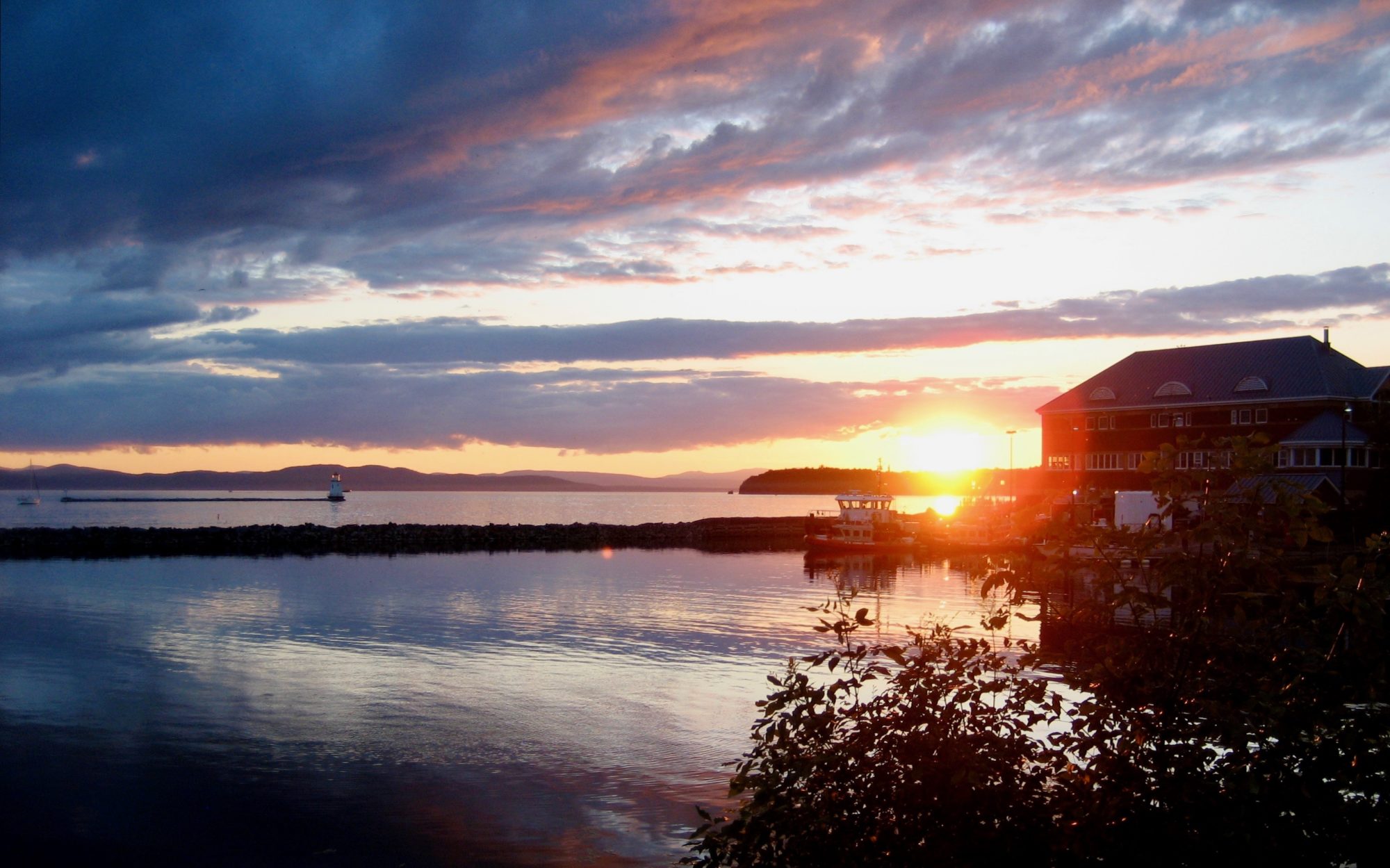 Day 16 was a day full of lectures as will be day 18. Day 17 was our final day of scenarios. The posts are a day late and a bit short in content because as a camp we exceeded the daily bandwidth allotment and I didn’t take time yesterday to write. Yep, no internet yesterday so I couldn’t post anything about Day 16 or 17. It made me lazy :).
Day 16 was a day full of lectures as will be day 18. Day 17 was our final day of scenarios. The posts are a day late and a bit short in content because as a camp we exceeded the daily bandwidth allotment and I didn’t take time yesterday to write. Yep, no internet yesterday so I couldn’t post anything about Day 16 or 17. It made me lazy :).
On day 16 we had lectures for a bunch of different topics. We learned about Dive Medicine, a recent medical trip to Haiti, preparing to lead a wilderness expedition, making a medical kit and lots of random facts. Some of the most intriguing were from the dive medicine lectures. Did you know:
- 1 clo – the amount of insulation created by a Summer business suit in England during the 50s and 60s.
- You can increase your total lung capacity via Lung Packing.
- Record for a man holding his breath is 17:19 on pure Oxygen. On room air it is 11:35.
- Record depth for free diving (diving while holding breath without breathing apparatus) is 702 ft for men and 525 ft for women (http://en.wikipedia.org/wiki/Free-ping).
- When adjusting to a new timezone allow 1 day for the first 3 time-zones and 1 additional day for every additional time-zone.
- FAST – Fatigue Avoidance Scheduling Tool. It was used to determine the hours limits of medical residents and show the equivalent blood alcohol level to the fatigue level. So someone with only 2 hours of sleep one night and works 18 hours the next day would have an equivalent blood alcohol level of ~1.8. Yep, basically drunk.
- The abbreviation SHAG, Social Hand Grenade, is someone who has trouble making all social interactions cease when they appear.
 Day 17 was all about our final two scenarios. The first one was all about two very difficult extractions. The victims situated beneath a 50 ft waterfall (i.e in it) and since it was below freezing there was lots of ice. I was on the medic team and was stationed at base camp. Everything I hear was how great the teams did in their extractions. I didn’t see anything until the victims were brought back when we re-evaluated them and repackaged them for transport to the hospital (i.e. once we were done let our classmates free to get changed).
Day 17 was all about our final two scenarios. The first one was all about two very difficult extractions. The victims situated beneath a 50 ft waterfall (i.e in it) and since it was below freezing there was lots of ice. I was on the medic team and was stationed at base camp. Everything I hear was how great the teams did in their extractions. I didn’t see anything until the victims were brought back when we re-evaluated them and repackaged them for transport to the hospital (i.e. once we were done let our classmates free to get changed).
The second scenario was two male four-wheelers accident victims. They were both on a really steep slope demonstrated by the photos (rotate your laptop until the people are upright to see the angle of the slope). The packaging and transport went really fast and we were off the slope and ready for dinner in about 1.5 hours.
 Between the two scenarios we had a wilderness improvisation demonstration. Each of us was required to demonstrate two improvisations using supplies we would have while in the wilderness. These ranged from making air splints from bedding pads to snow goggles made of aluminum foil. It was a great experience and many great ideas were shown.
Between the two scenarios we had a wilderness improvisation demonstration. Each of us was required to demonstrate two improvisations using supplies we would have while in the wilderness. These ranged from making air splints from bedding pads to snow goggles made of aluminum foil. It was a great experience and many great ideas were shown.
The day ended at the Heritage Planetarium learning navigation through the night sky. It was an incredible experience and one I would like repeating.
Well, today we have a day of lectures starting with space medicine.
Gonna be a good day.







